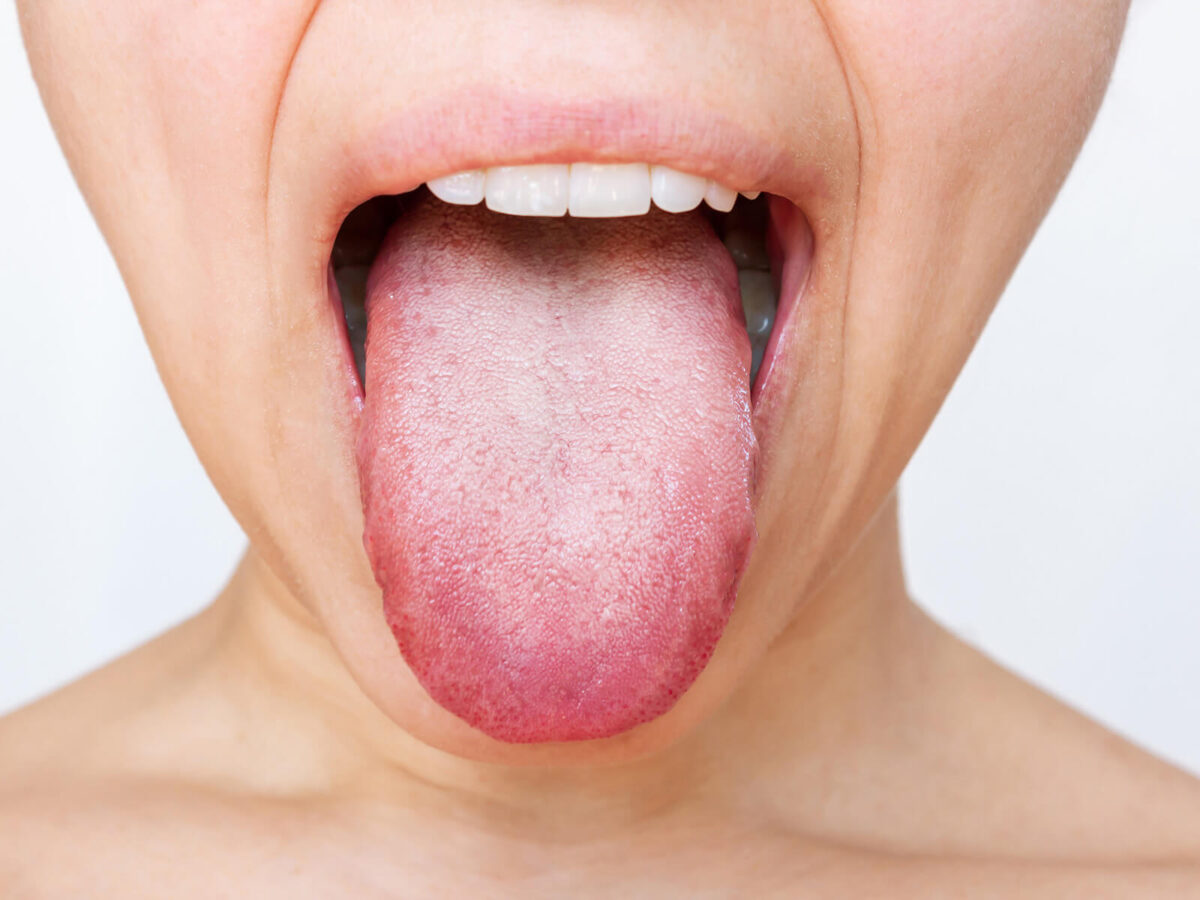Blog
Dental hygiene tips for healthy teeth & gums

Causes of A White Tongue And How To Get Rid of It
White tongue is an unpleasant and concerning symptom that can be related to several factors ranging from improper hygiene methods and unhealthy dietary habits to more severe health issues. Knowledge of the causes and solution to a white tongue will help in the preservation of good oral health. In this article, the causes of a white tongue condition will be analyzed, and the best ways of eradicating this condition outlined.
Understanding White Tongue
White tongue syndrome is an ailment that affects the white tissue or muscle in the body, almost always with a lump-like appearance. This can result from an overgrowth of bacteria and debris trapped between the papillae on the tongue’s surface. While usually harmless, a white tongue can sometimes indicate an underlying health issue that requires attention.
Common Causes of a White Tongue
Poor Oral Hygiene
One of the most common causes of a white tongue is poor oral hygiene. When you don’t brush your teeth or clean your tongue regularly, food particles, bacteria, and dead cells can accumulate on the tongue, leading to a white appearance.
Dehydration
Dehydration can cause your mouth to produce less saliva, leading to a dry mouth and a white tongue· Saliva helps cleanse the mouth and remove bacteria, so a lack of it can contribute to the buildup of a white coating.
Oral Thrush
Oral thrush is a fungal infection caused by an overgrowth of Candida yeast in the mouth. It often appears as white patches on the tongue and inside the cheeks. This condition is more common in infants, older adults, and individuals with weakened immune systems.
Leukoplakia
Leukoplakia causes thick, white patches to form on the tongue and the inside of the cheeks. While often benign, leukoplakia can sometimes be precancerous, making it important to have it checked by a healthcare professional.
Geographic Tongue
Geographic tongue is a benign condition characterized by irregular, smooth, red patches on the tongue with white borders. These patches can change location, size, and shape over time, giving the tongue a map-like appearance.
Lichen Planus
Oral lichen planus is a chronic inflammatory condition that affects the mucous membranes inside the mouth. It can cause white, lacy patches or painful sores on the tongue and other parts of the mouth.
How to Get Rid of a White Tongue
Maintain Good Oral Hygiene
Practicing good oral hygiene is essential for preventing and treating a white tongue· Brush your teeth at least twice a day, floss daily, and use a tongue scraper or a soft-bristled toothbrush to clean your tongue gently.
Stay Hydrated
Drinking plenty of water helps maintain saliva production, which is crucial for keeping your mouth clean· Aim to drink at least eight glasses of water a day to stay hydrated.
Use Antifungal Medication
If your white tongue is caused by oral thrush, antifungal medication prescribed by your dentist or doctor can help eliminate the infection· These medications are available in various forms, such as lozenges, tablets, or mouth rinses.
Quit Tobacco Use
If you smoke or use other tobacco products, quitting can improve your oral health and reduce the risk of leukoplakia and other oral conditions.
Avoid Irritants
Certain foods and beverages, such as spicy foods, alcohol, and highly acidic foods, can irritate the tongue and exacerbate a white tongue· Avoiding these irritants can help improve your symptoms.
Regular Dental Check-ups
Regular dental check-ups are crucial for maintaining oral health and catching any potential issues early. Your dentist can provide professional cleanings and advice on how to manage a white tongue effectively.
Conclusion
A white tongue can be caused by a variety of factors, from poor oral hygiene to more serious health conditions. By understanding the common causes and implementing effective treatments; you can improve your oral health and reduce the occurrence of a white tongue. If you experience persistent or severe symptoms, it’s important to consult with your dentist or healthcare provider for a proper diagnosis and treatment plan. Maintaining good oral hygiene, staying hydrated, and seeking regular dental care are key steps in keeping your tongue and overall oral health in optimal condition.


